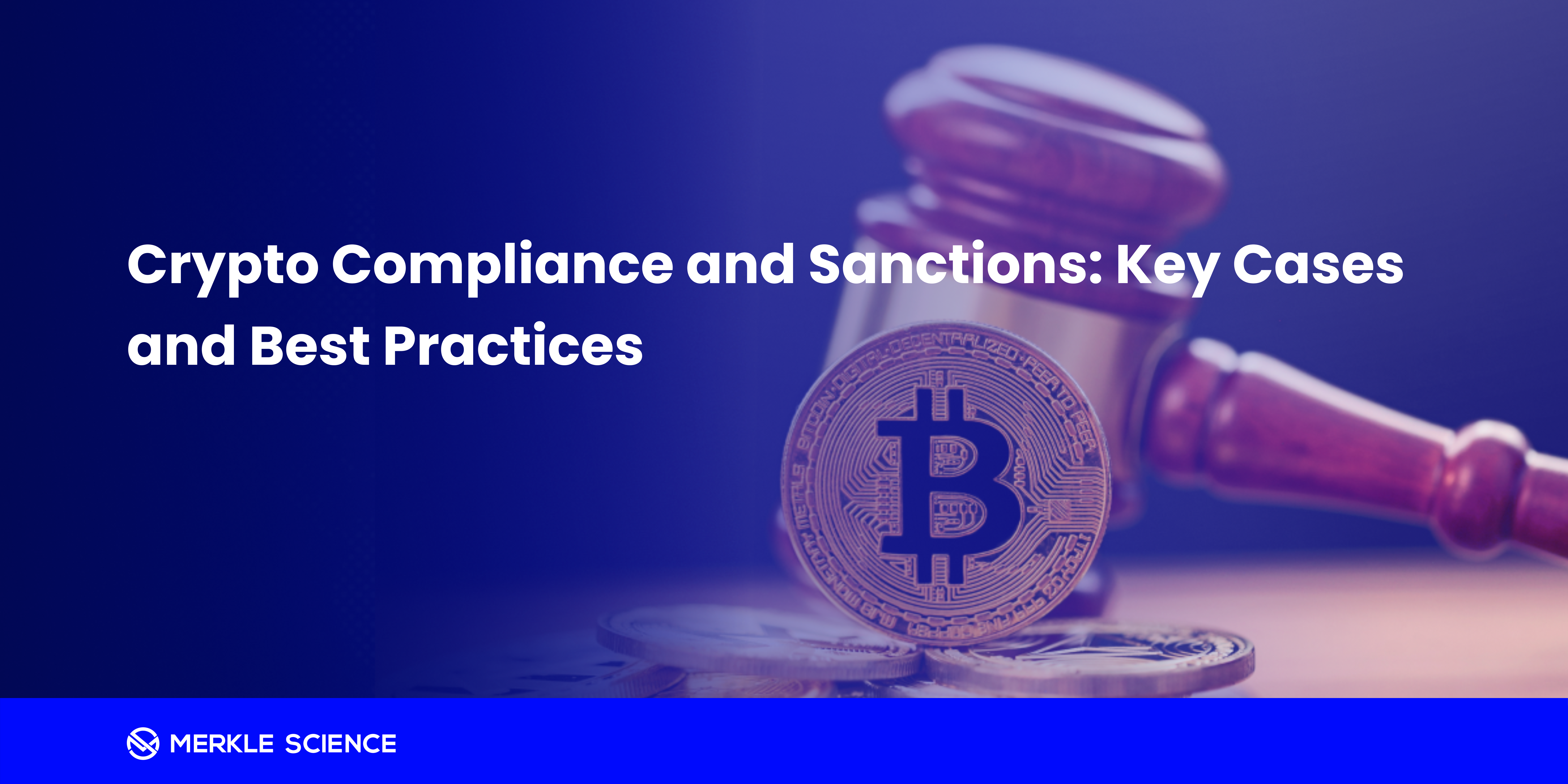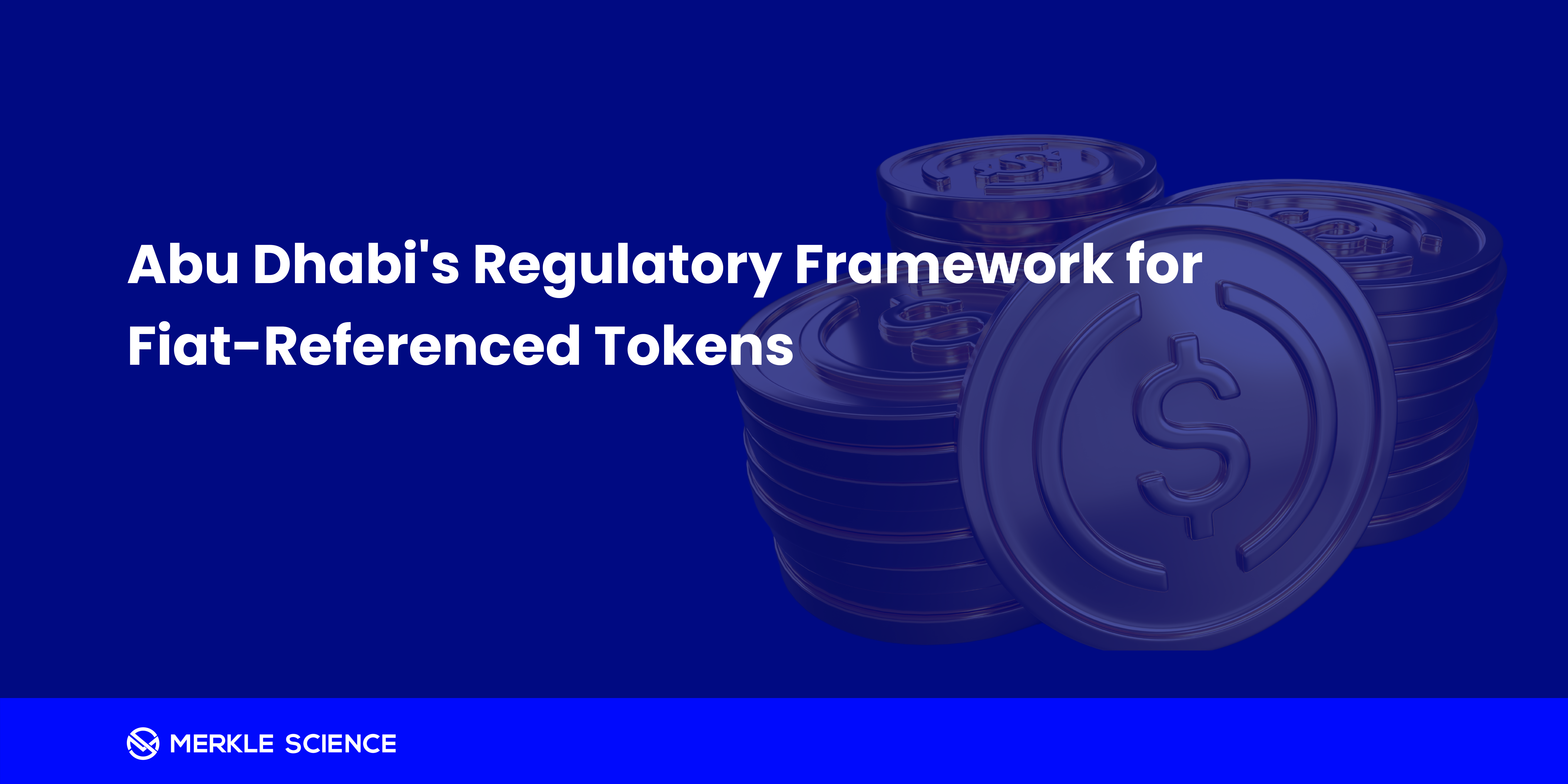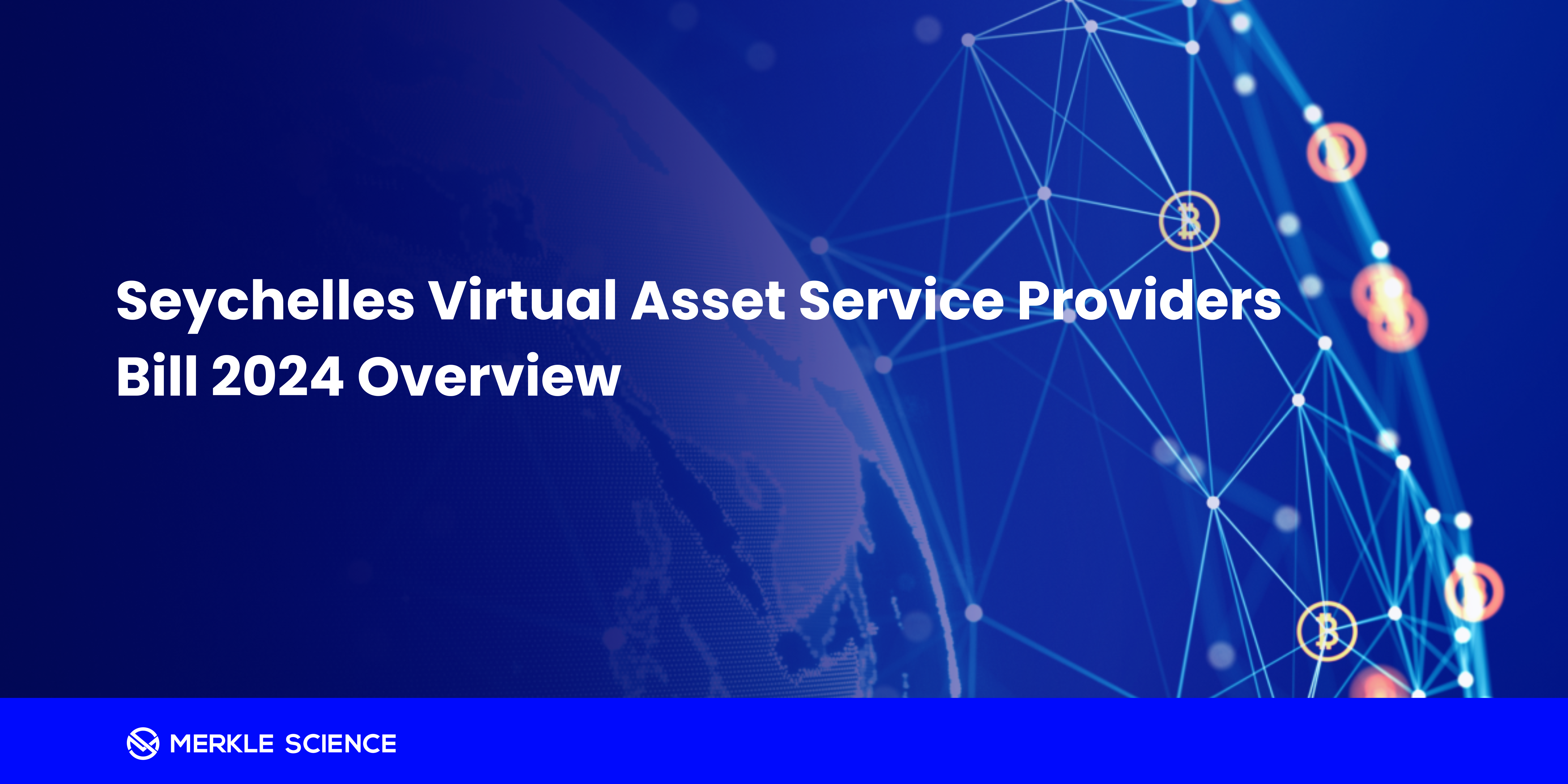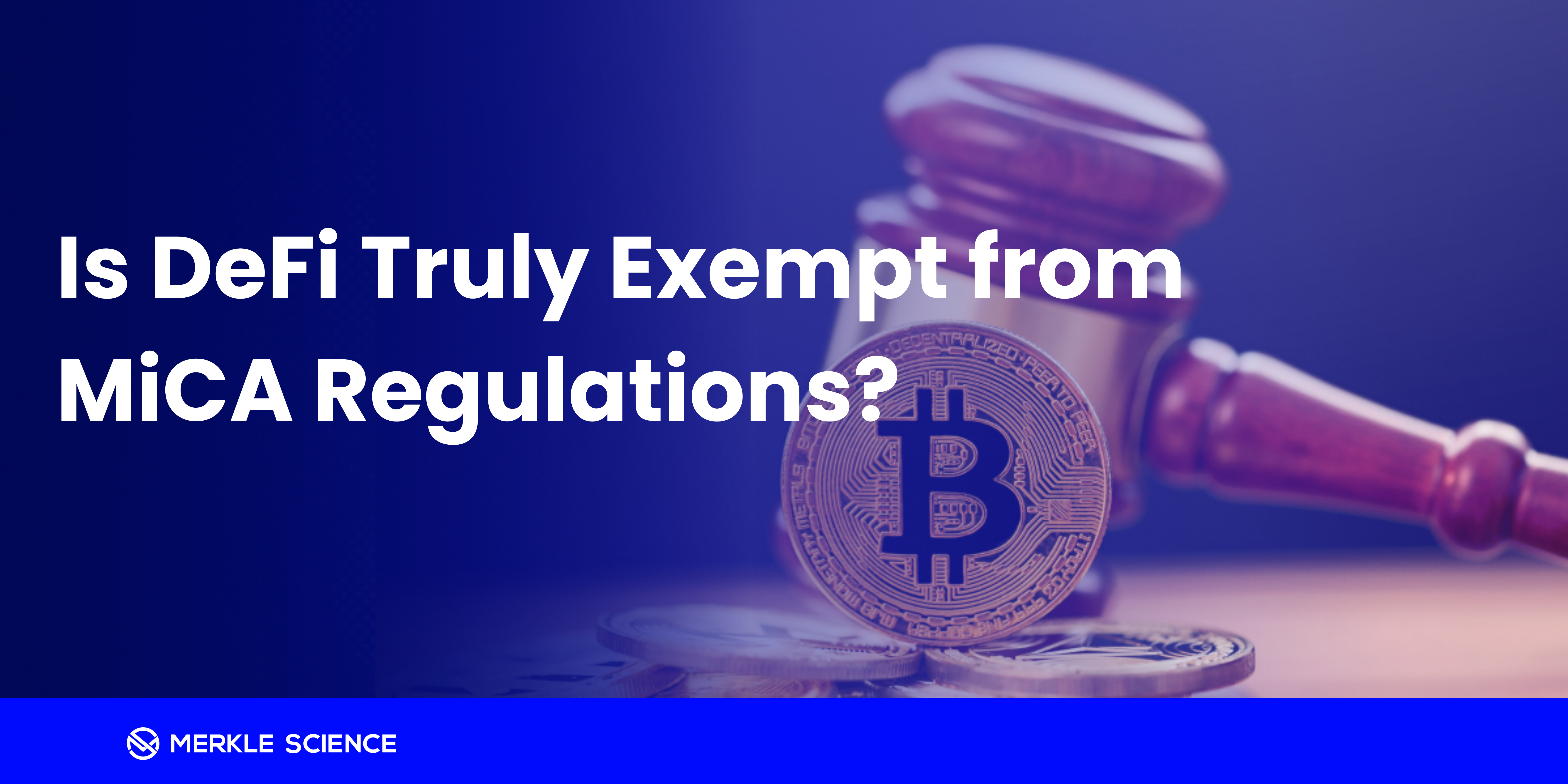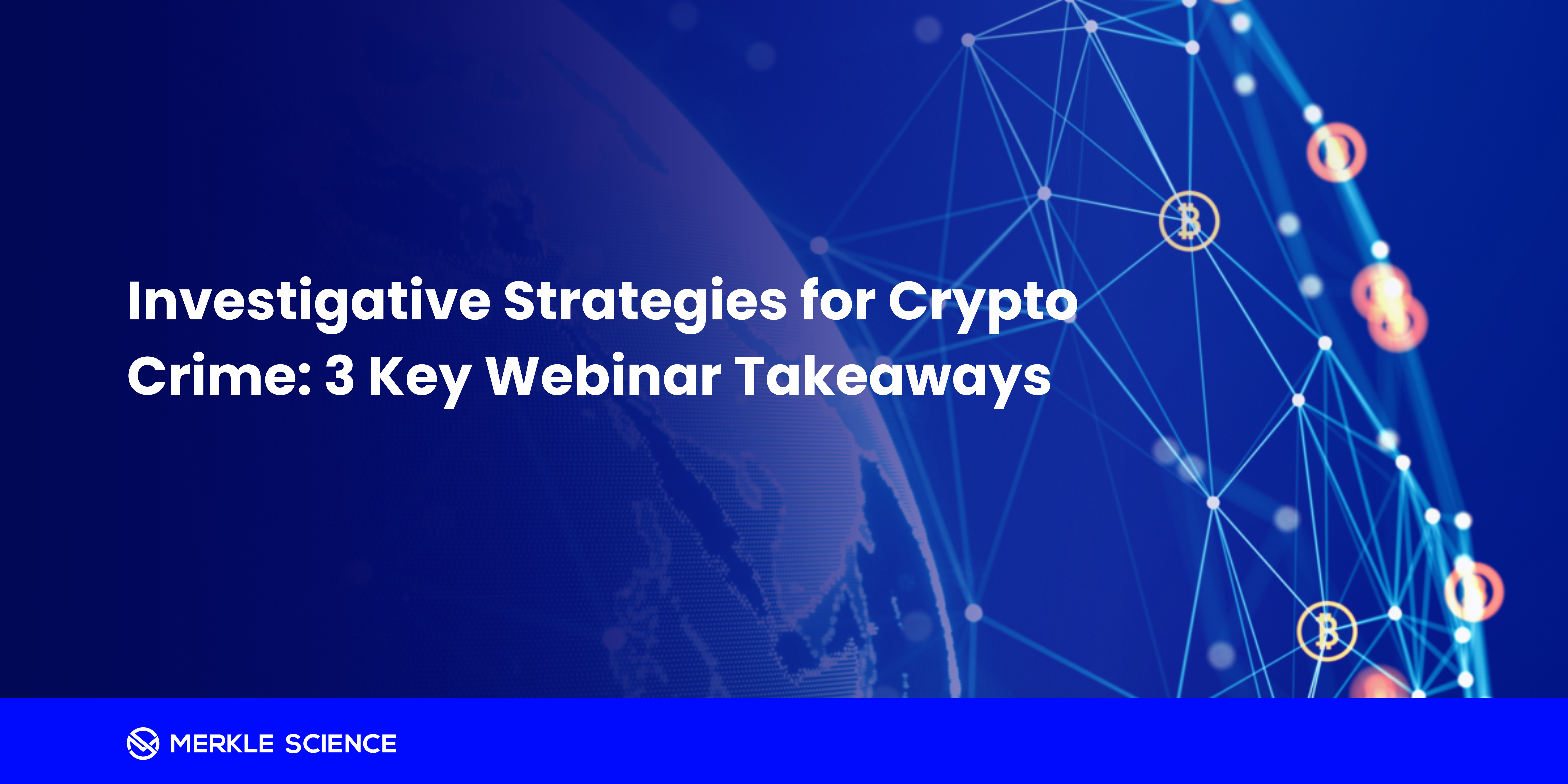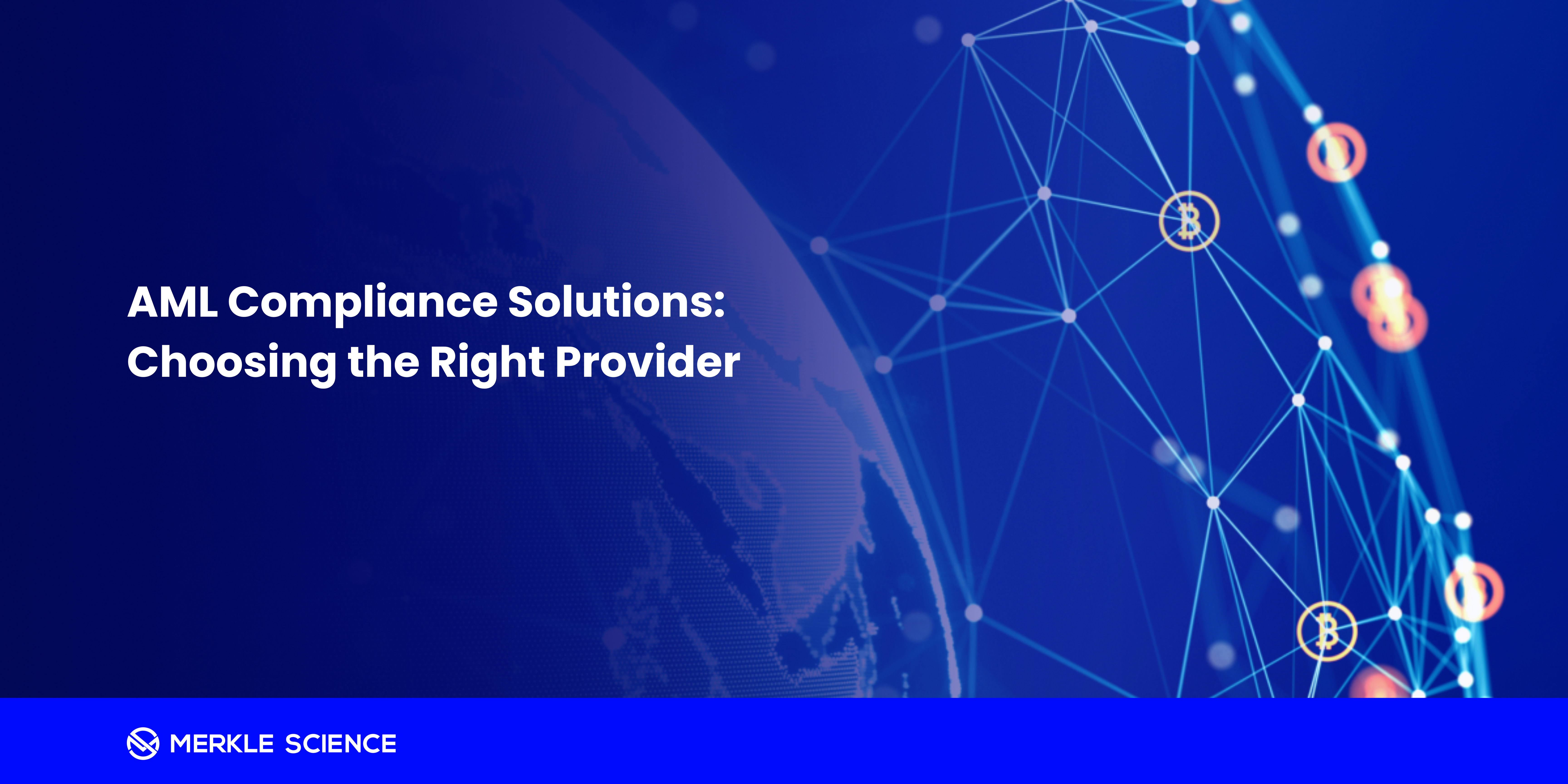What Is a Peel Chain in Crypto Money Laundering?
Cryptocurrency has transformed the financial landscape, offering unprecedented transparency alongside new avenues for illicit activity. One of the most common tactics used by bad actors to obscure the origins of stolen or illicit funds is a method known as a peel chain. This technique involves repeatedly sending small amounts of cryptocurrency to different wallets, creating a complex web that makes it challenging for investigators to trace.





